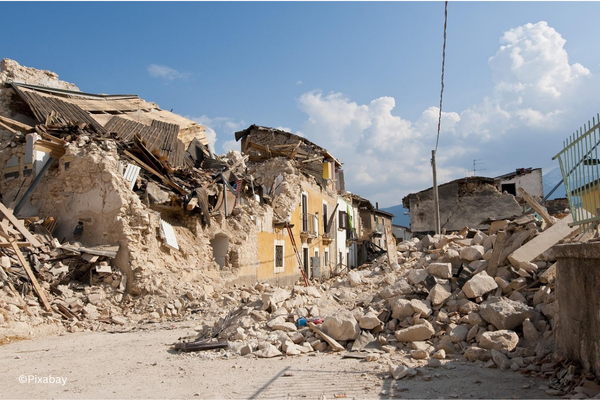During the night of 31 August to 1 September, an earthquake measuring 6.0 on the Richter scale shook north-eastern Afghanistan. The quake, which occurred at a depth of around eight kilometres, was followed by several aftershocks that reached magnitudes of up to 5.2, according to the USGS. The epicentre was near the city of Jalalabad in Nangarhar Province, not far from the Pakistani border, in a mountainous region that is difficult to access [1].
The neighbouring province of Kunar has been hit most severely, with at least 800 people killed and around 2,500 injured so far. In addition, numerous houses have been completely destroyed [1, 2, 3]. In Nangarhar itself, at least twelve people have died and 255 others have been injured, according to current reports. The number of victims is expected to rise further [1].
The Taliban authorities and the United Nations have launched rescue operations. However, the search for buried victims is being significantly delayed due to the remote location and blocked roads [3, 4]. Helicopters are being used to fly injured people out of the affected areas [2].
Afghanistan is frequently affected by earthquakes, particularly in the Hindu Kush, where the Eurasian and Indian tectonic plates come together. As many houses are not built to be earthquake-proof, tremors often cause severe damage [3].
[1] Hunderte Tote nach Erdbeben in Afghanistan | tagesschau.de (accessed on 01.09.2025)
[2] Naturkatastrophe – Taliban: Mehr als 600 Tote bei Erdbeben in Afghanistan – Panorama – SZ.de (accessed on 01.09.2025)
[3] Schweres Erdbeben in Afghanistan: Hunderte Tote | FAZ (accessed on 01.09.2025)
[4] Afghanistan: Hunderte Menschen sterben bei Erdbeben – DER SPIEGEL (accessed on 01.09.2025)
(Image Source: Pixabay)


